Regional dimension and reactions.
Regional dimension and reactions.
By Adem Kılıç, Political Sciencist / Writer
Israel’s frequently repeated rhetoric of a ‘New Middle East’ in recent years is not merely a rhetorical claim, but also a reflection of a long-term vision with a deep strategic background.
This rhetoric has become even more pronounced during Netanyahu’s terms as prime minister and now forms the basic framework for military moves, diplomatic maneuvers and economic projects.
In this context, the first thing to remember is the Abraham Accords, signed in 2020 on the initiative of the Trump administration.
These agreements aimed to normalize diplomatic relations between Israel and certain Arab countries, and came into effect with the United Arab Emirates, Bahrain, Sudan, and Morocco.
However, none of these agreements can be said to be truly ‘peace oriented.’
Each one emerged as a geopolitical agreement in which the parties negotiated in their own interests and mutual benefits were taken into account.
The codes of the Abraham Accords
The UAE’s main motivation for signing the agreement was to get the green light for the purchase of billions of dollars’ worth of weapons from the US at the time. Sudan wanted to be removed from the list of ‘countries supporting terrorism.’ Morocco, on the other hand, demanded recognition of its sovereignty over Western Sahara.
None of these countries were key players in the Palestinian cause, nor did they take an active and principled stance on the issue.
Therefore, the agreements did not focus on the Palestinian issue, but rather on Israel’s regional legitimacy and security doctrine.
At this point, it is worth recalling the speech given by then-Israeli Prime Minister Netanyahu at the UN in 2019.
In his speech, Netanyahu referred to ancient times and theological data to talk about a choice between ‘blessing’ and “curse” and showed the world a so-called ‘New Middle East’ map.
In other words, the ‘New Middle East’ discourse was not a theoretical vision, but rather the announcement of a clearly mapped out plan to be implemented step by step.
The foundation of this vision was based on Israel transitioning from a regional power to becoming the ‘founding actor of the Middle East order.’
The ‘Abraham Shield’ security doctrine and regional integration
At the current stage, we observe that the ‘New Middle East’ project, which has been a central theme of Netanyahu’s rhetoric, is being framed within a clearer framework. In this context, the ‘Abraham Shield Project’ emerges as the name of the new era’s Israel-centric security doctrine.
This project is to be implemented with military and economic support from the United States.
The goal is to make Israel not only a military powerhouse but also an economic and political hub in the Middle East.
In line with this goal, the idea of establishing a Middle East Federation under the guise of ‘stability and integration’ has begun to be discussed, and this federation idea aims to consolidate Israel’s regional leadership and establish a basis for institutional cooperation with Arab countries.
The fragmented structure of the Arab world, its internal conflicts and its inability to develop a collective strategic will remove the biggest obstacle to this process.
Israel’s greatest strategic gain in these efforts has been to turn the Iranian threat to its advantage. Anti-Iranian sentiment is the main motivation for security cooperation between the Gulf countries and Israel.
In particular, Saudi Arabia’s recent rhetoric approaching normalization with Israel is a clear manifestation of US diplomatic pressure on the region and fear of Iran.
The economic backbone of the New Middle East
One of Israel’s goals is to control the energy fields off the coast of Gaza and transport the resources of the Levant basin in the Eastern Mediterranean to the UAE and India via the Negev Desert.
This route largely overlaps with the India-Middle East-Europe Economic Corridor (IMEC). The Dubai-Haifa Railway, which forms the backbone of this project, is also a key component of this goal.
The railway project will start in Dubai and pass-through Saudi Arabia and Jordan to reach Israel’s Haifa Port. This approximately 1,500 km long line aims to transform land logistics in the region.
Jordan will become a transfer and transport hub in this system, and the project was first launched in 2018 by then Israeli Transport Minister Yisrael Katz as the ‘Peace Railway.’
Geography ravaged in the name of Israel’s security
A look at recent history reveals how the region has been gradually reshaped by steps taken in the name of Israel’s security.
Lebanon’s civil war, which began in 1975 and continues to this day, developed as a result of Israel’s reflex to secure its northern borders.
The process of dividing Iraq into three parts was also part of Israel’s strategy to fragment threats to its east, while the Syrian civil war and attempts to establish a terrorist state in northern Syria were the result of Israel’s efforts to establish a southern security line.
The overthrow of Mursi in Egypt was related to the exclusion of actors supporting the Palestinian cause from the system, while the blockade of Qatar and the coup attempt in Qatar were extensions of policies aimed at breaking potential anti-Israel resistance in the region. And finally, the Abraham Accords.
The Abraham Accords were also designed to guarantee Israel’s security, and this tableau was the basis for a vision of an innocent future in the ‘New Middle East’ discourse and a process of justifying the systematic construction of hegemony.


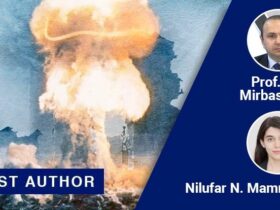
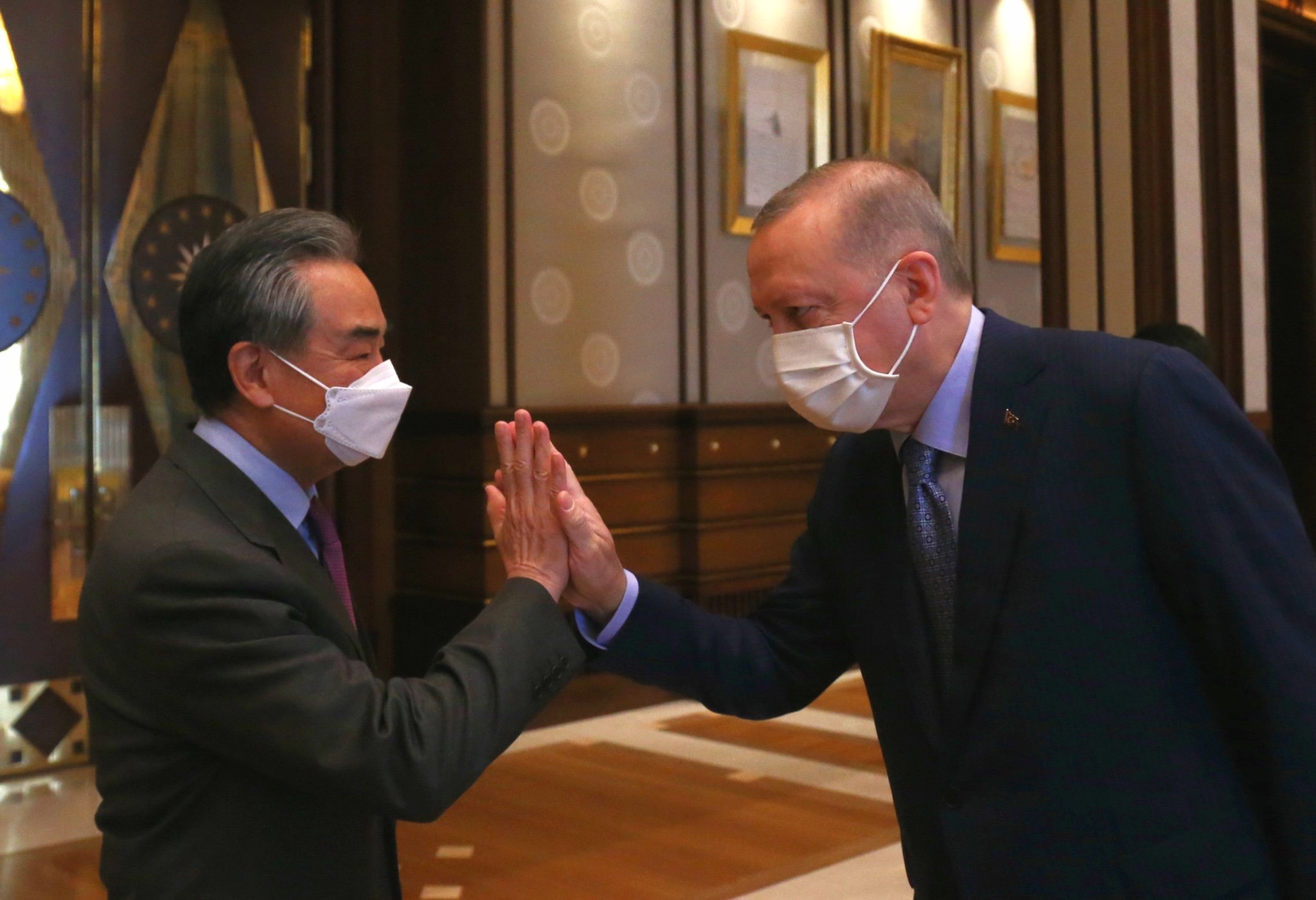
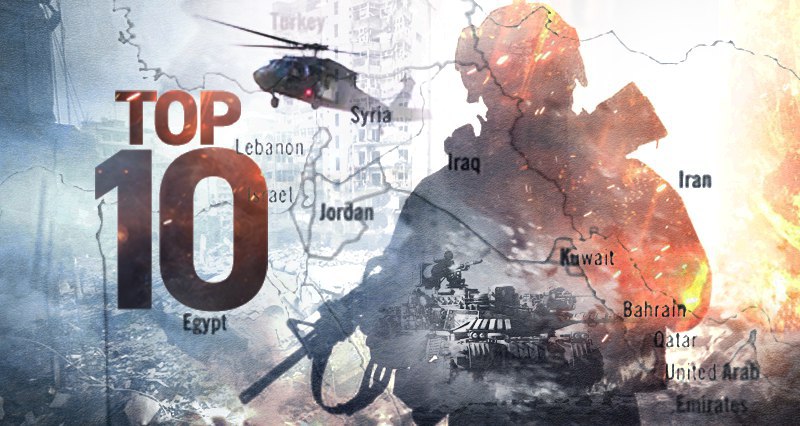
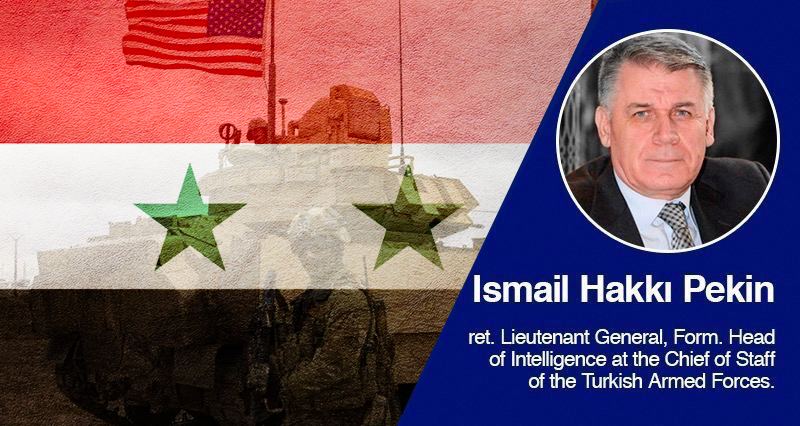

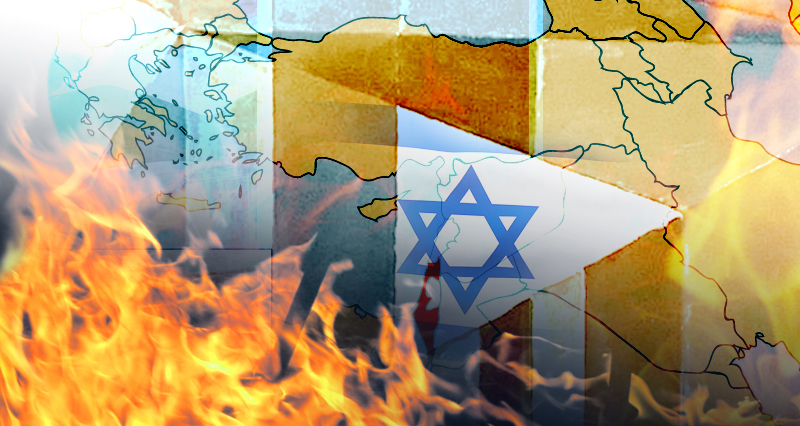

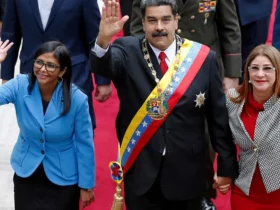
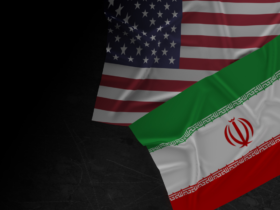
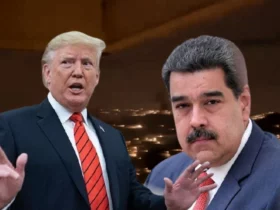
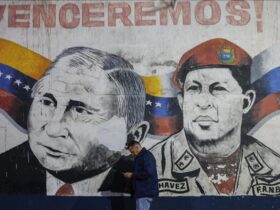
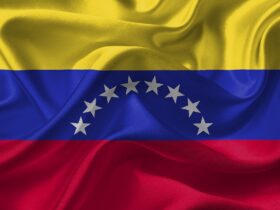

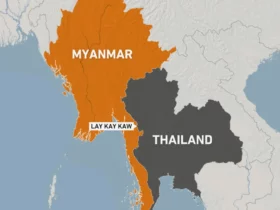
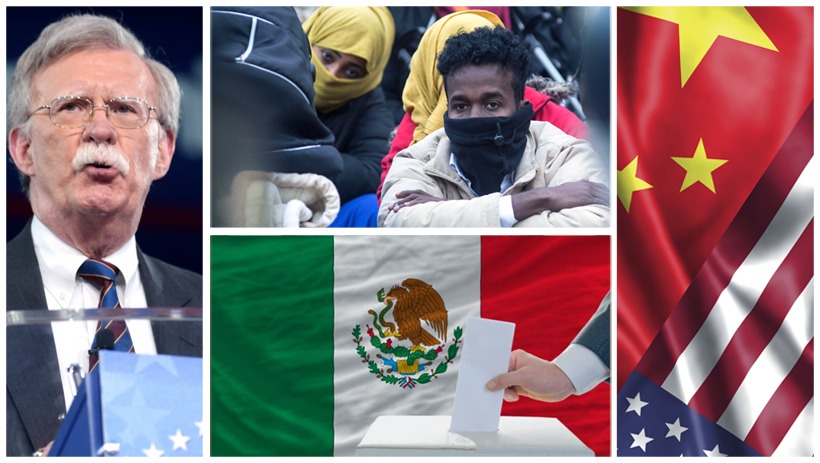
Leave a Reply